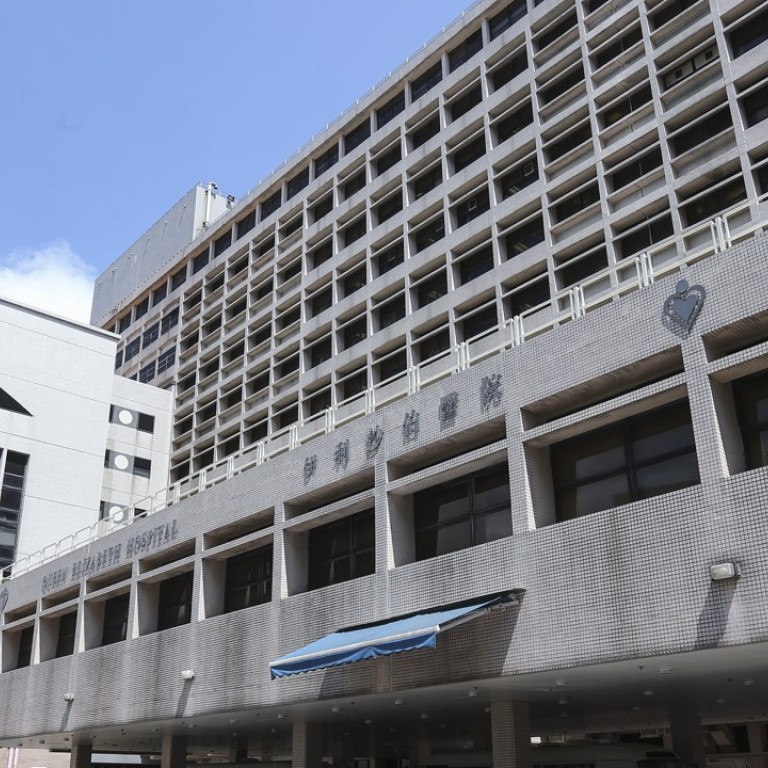
Review needed after blunders at Hong Kong hospitals
The city’s health system remains envied regionally and internationally, but prompt disclosure of systemic weaknesses and transparent remedies can only have a positive effect on standards in the long run
Serious medical blunders still occur far too frequently at Hong Kong hospitals. It would be understandable if this gave rise to concerns that patient safety is not given the weight it deserves when health authorities set goals and priorities. However, reports of incidents published over the past decade and official responses do not convey an impression of complacency or lack of a sense of urgency. The fact that blunders remain far from eradicated is therefore a worry which highlights the need to constantly strive for improvement. In the latest incident, an elderly patient at Queen Elizabeth Hospital suffered serious injuries after a contrast agent apparently was mistakenly injected into her pelvic cavity for an X-ray examination of her intestines.
Transparency, random monitoring and peer review of hospital performance are pillars of patient safety. Measures to improve transparency go back over a decade with the adoption of a three-step approach: open reporting of mistakes, analysis of why they happened and the adoption of lessons learned at all hospitals.
Special patrols were later introduced to hospital wards to monitor compliance with patient safety guidelines, following blunders involving the repetition of the same kinds of mistakes. At about the same time, the Hospital Authority embarked on a programme of accreditation of its institutions by a recognised independent body to provide a framework for quality management and improvements.
All this hardly reflects a pattern of neglect of patient safety, but still the medical blunders continue. This suggests it is time for the authority to take a new look at fundamental benchmarks such as staffing levels, training and working hours. If this reveals shortcomings, or room for improvement, the government should be prepared to sympathetically consider pumping further resources into what is already a large and rapidly growing area of public expenditure. After all, despite its problems, the Hong Kong health system remains envied regionally and internationally. Blunders not only hurt that reputation but also risk shaking the confidence of the 90 per cent of the population who have come to trust and depend on it. Prompt disclosure of systemic weaknesses and transparent remedies can only have a positive effect on standards in the long run.

